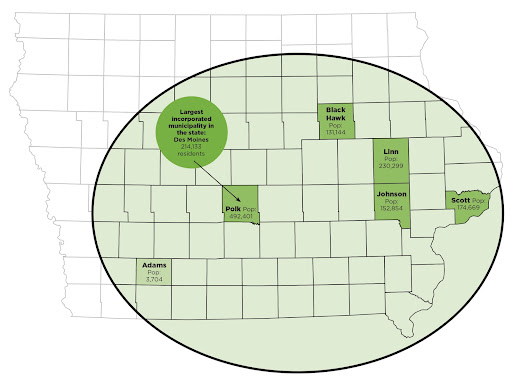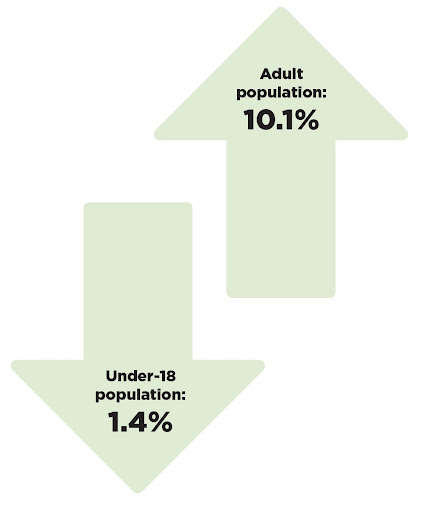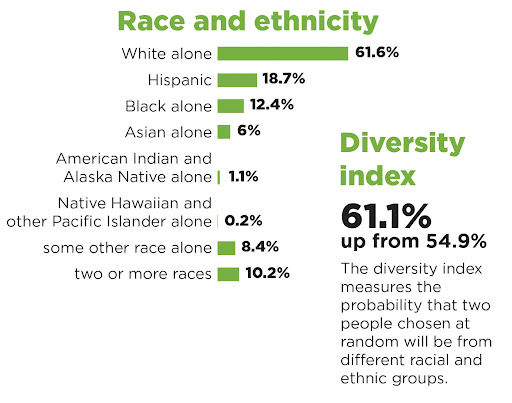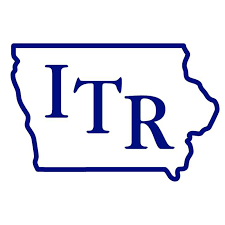BOL Market Vibe: Breaking down the census facts

BUSINESS RECORD STAFF Jan 14, 2022 | 4:37 pm
1 min read time
312 wordsAll Latest News, Economic DevelopmentEditor’s note: This is part of the 2022 Book of Lists Market Vibe section, which gives a data overview of some of the key economic indicators in the area.
The U.S. Census Bureau released its 2020 data in August 2021, and it showed that Iowa’s population grew to just over 3.19 million, up from just under 3.05 million in 2010, an increase of about 7%. The data also showed that the migration of residents away from small, rural communities continued, with 68 of the state’s 99 counties losing population. Meanwhile, suburban areas like Des Moines and Polk and Dallas counties continued to grow.
Here’s some of the key data, also shown in the graphics below.
Iowa’s largest county: Polk, with 492,401 population
Iowa’s smallest county: Adams, with 3,704 population
Largest incorporated municipality in the state: Des Moines, with 214,133 residents
Race and ethnicity: White alone 61.6%; Hispanic 18.7%; Black alone 12.4%; Asian alone 6%; American Indian and Alaska Native alone 1.1%; Native Hawaiian and other Pacific Islander alone 0.2%; some other race alone 8.4%; two or more races 10.2%.
Under-18 population: down 1.4%
Adult population: up 10.1%
Diversity index: 61.1%, up from 54.9% (the diversity index measures the probability that two people chosen at random will be from different racial and ethnic groups)
Top five counties by population:
Polk County – 492,401
Linn County – 230,299
Scott County – 174,669
Johnson County – 152,854
Black Hawk County – 131,144
Data source: State Data Center and United States Census Bureau
Already a member? View the electronic 2022 Book of Lists here.













